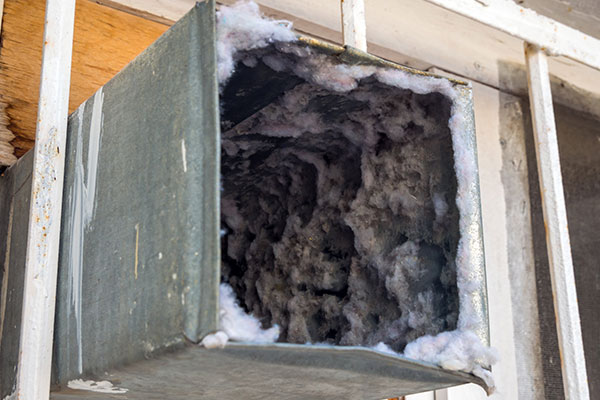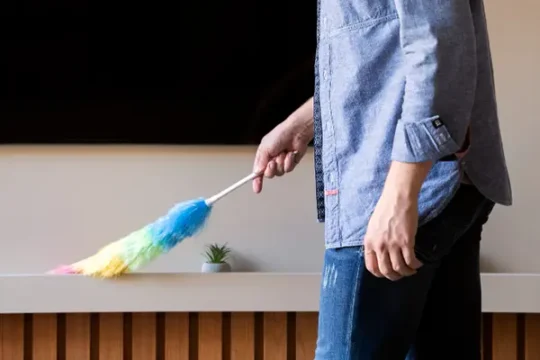The heating, ventilation, and air conditioning (HVAC) system installed in your house consist of a complex amalgamation of several components. However, the knowledge of most HVAC users is usually only limited to the setting of their thermostats and igniting the giant furnace in their basement.
Understanding the main component, such as air ducts, allows you to maintain your HVAC system’s efficiency at its best and helps you save on the high utility bills and discomfort caused by unforeseen breakdown incidents.
Today’s article is a powerhouse of valuable information about what air ducts are and how they work. So, let’s get started:
What Are Air Ducts?
Air ducts, the central part of the HVAC system, are metal conduits that allow air distribution from the HVAC system to the metal vents installed in each room and vice versa. Their functions include supplying clean air, returning air from the rooms, and sending exhaust air out of the house.
Major Components of The Air Duct System
Understanding how it works requires you to know the major components of the air duct system first:
▪ Pipes and Trunks
An air duct is a comprehensive web of pipes and trunks that allows the air handlers to supply air to the entire house. The furnace is connected with a big pipe (usually steel) known as a Duct trunk which is further divided into smaller pipes.
All these pipes are usually made of galvanized steel and flexible aluminum, where bending and curves are required. Moreover, tall, thin pipes known as stacks are installed vertically to supply air through thin walls. These pipes end up in ‘Stack heads’.
▪ Transition Pipes
All the buildings have different designs and require customized duct systems throughout the area. Therefore, pipes and trunks are connected using transition pipes that give off air to the extended area of the house.
These specialized connectors include turning vanes, take-offs, cleats, etc., to ensure a comfortable level of air in the rooms.
▪ Plenum
The plenum is a large air distributor box that stores the air from the centralized unit. It has two major components:
o The ‘Supply Plenum’ takes the air from the main unit and distributes it into the rooms to heat or cool the room.
o The ‘Return Plenum’ receives the existing air from the rooms when fresh air has replaced it. This received air is filtered and cleaned, and sent back to the system.
▪ Flues
Toxic air is released outside through the flues. You will find them in the system where the unit receives the air from the house.
▪ Air Handler (most commonly known as Furnace)
The air handler is situated in the unit along with a filter and blower fan. Where the blower fan sends the air to the ductwork, the filter cleans the cycling air. Air handlers also have heating and cooling coils installed.
▪ Refrigerant Lines
The refrigerant in the unit is transported through refrigerant lines. This refrigerant makes the air inside the system warm and cold as per the users’ needs.
▪ Drain Lines
The HVAC system works by dehumidifying the air, which results in condensation inside the unit. The drain pans and drain lines remove this water from the unit so that the system would remain intact from damage for coming years.
The Functioning of an Air Duct System
▪ For Hot Air
The furnace heats the air and blows it across the heated coils. This heated air is compelled from the trunks to the duct pipes that run throughout each room. When the temperature in the rooms starts to decrease, the airdrops to the bottom of the room, and the vents return it to the ‘Return Plenum’ to heat it again.
▪ For Cold Air
For supplying cold air in the house, an HVAC system comes with an indoor air handler and an outdoor condenser. The furnace blower is adjusted with evaporator coils that enable the furnace to blow cold air that is supplied through duct pipes.
When the coils start to cool down, Freon gas is transferred to the outdoor unit, where the air is filtered, recycled, and sent back to the furnace as a liquid.
▪ Working of Thermostat
The thermostat plays a pivotal role in the working of the system. When they detect the decrease in temperature from the set degree, they signal the furnace to start working. When the room reaches its desired temperature, the thermostat signals the furnace to stop.
Final Thoughts
Clean air ducts not only supply fresh air in your house, but also allow you to enjoy favorable temperatures without affecting your utility bills. If the house has leaking points or the ducts are not clean, it can skyrocket your expenses in a minute. So, it’s vital that you know how the air ducts work, which we hope you feel more confident about now!




